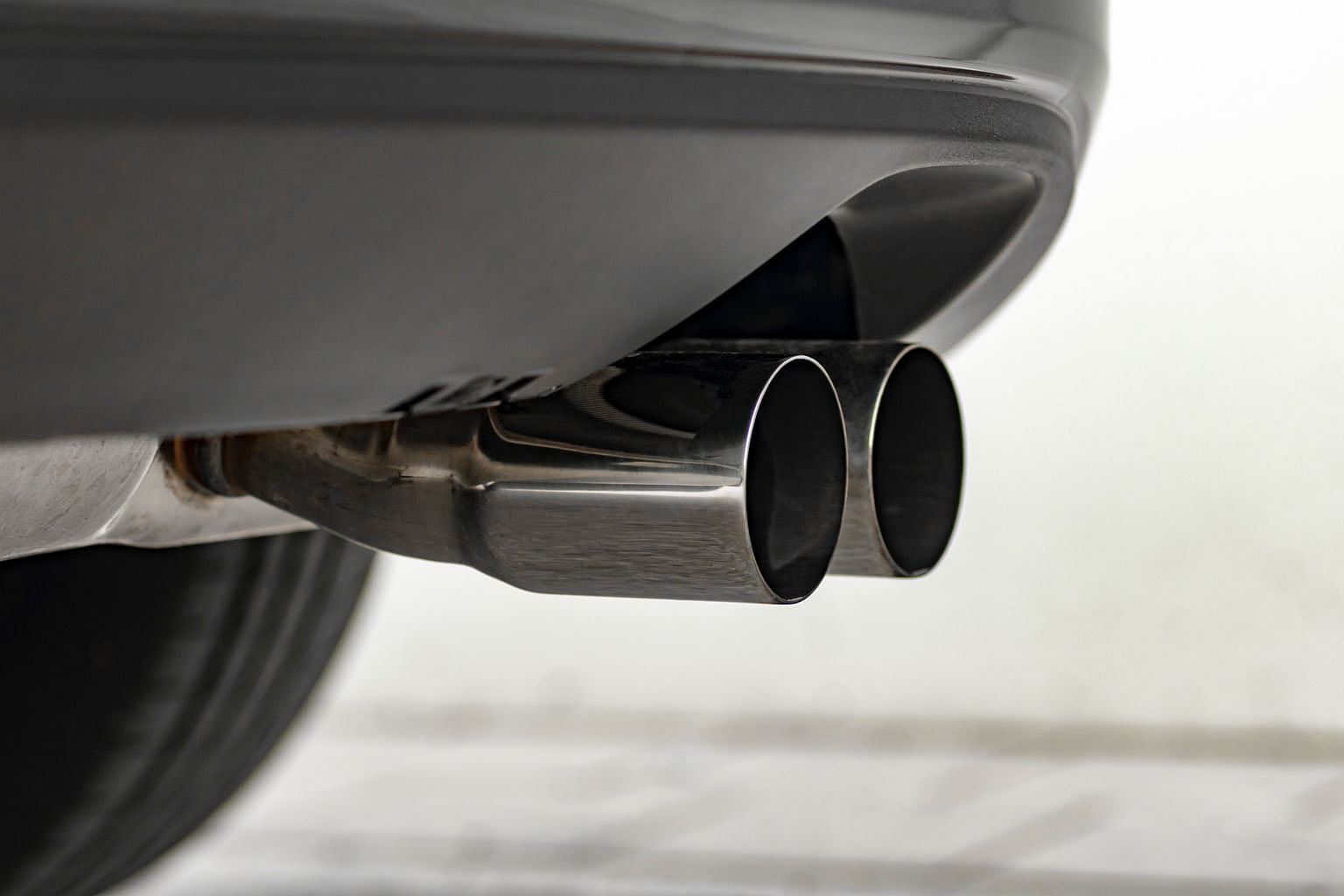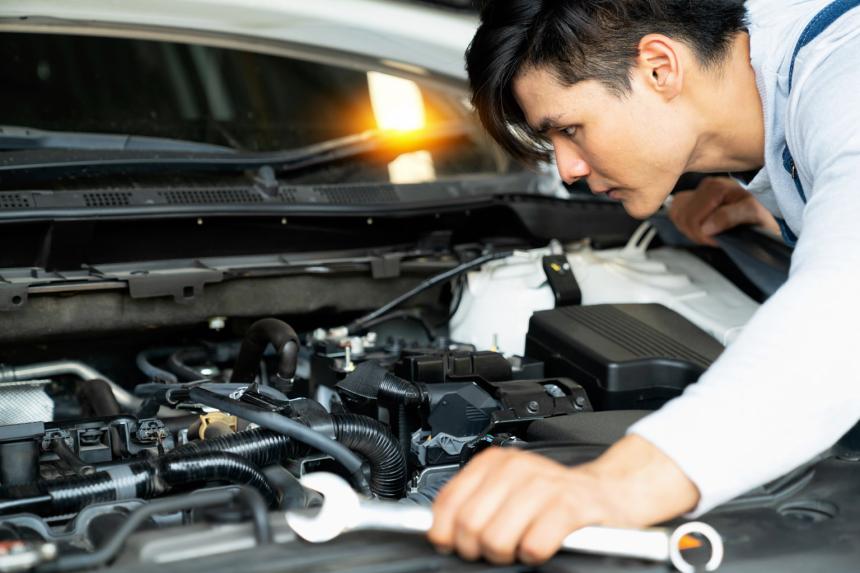Q: When my car has been left inactive for a while recently, its engine rattles for a while upon starting it up. It’s seven years old and maintained regularly. The staff from my regular workshop suggested that the engine would need an overhaul. What is your advice?
A: Rattling when starting a cold engine is a result of insufficient oil layer remaining on the engine parts or poor oil flow. Low oil flow will usually show up as an oil pressure warning in the car. The fact that the rattling occurs only when the engine is cold suggests the former.
When you park overnight, the oil that is pumped around the engine drips down and settles in the sump – the lowest point in the engine’s oil-circulating system. Quality engine lubricants are formulated so that a thin film of oil always remains between moving parts to prevent total “drying out”. Hence, there should be sufficient lubrication to prevent any noise when you start.
Usually, the source of the rattling is the timing chain that does not get enough lubrication. A similar rattling noise is not audible with timing belts, but the condition could still exist. Once the engine is running and the pump working normally, the situation stabilises.
As you have not observed any other symptoms and your warmed-up car runs smoothly, it is highly likely that the condition is a result of poor-quality lubricant. Check what engine oil was used during the last servicing. Ensure it complies with the car manufacturer’s recommendations.
Going by the symptoms you described, an engine overhaul is not necessary.
Q: Lately, I have noticed that the automatic transmission of my 15-year-old car takes longer to shift up to final drive. Sometimes, the gearbox seems slow to engage when I shift to D. Are these early signs of gearbox failure?
A: A car’s automatic transmission is a sophisticated piece of equipment. Components include a torque converter – operating in a fluid-filled encasement – with a series of hydraulically actuated clutches and brakes.
In any hydraulic system, the quality of the oil is critical for efficient, swift and reliable operation.

In this case, the automatic transmission fluid (ATF) provides the pressurised medium for actuating the various internal elements. Over time, the ATF deteriorates and loses its viscosity. This, in turn, results in wear and tear.
Replacing the ATF regularly will definitely prolong a transmission’s life. However, normal wear and tear of friction elements and, sometimes, a defective valve, will cause a noticeable drop in the transmission’s functionality. Typical symptoms are slow gear changes, delayed shifting from N to D or R and, in extreme situations, reluctance to upshift or downshift.
At this stage, the only course of action is to either replace the transmission with a rebuilt unit from a reputable source or have your own unit overhauled by a transmission specialist.
Q: I know that a car’s catalytic converter is a mandatory emissions control device. But I don’t know how it works, whether it requires regular maintenance or if it ever needs to be replaced. Can this be dismantled and serviced instead of being replaced?
A: The catalytic converter, or “cat”, is an integral component of the exhaust system and looks a little like an exhaust muffler.
During combustion, exhaust gases consisting of toxic pollutants, such as carbon monoxide, unburnt hydrocarbons and oxides of nitrogen, are produced. The cat chemically converts about 90 per cent of these compounds to less harmful carbon dioxide, water and nitrogen. The internal chemistry of the cat requires the presence of catalysts, most commonly platinum, which is a costly natural element.

Over time, the cat could deteriorate due to incorrect engine tuning, worn piston rings, which allow engine oil into the exhaust, or physical damage caused by impact.
In normal use, cats should last 200,000km. They do not require periodic maintenance and must be replaced. Common signs of cat failure are poor acceleration due to a choked exhaust system, rattling from under the car caused by broken internals and, of course, a smelly exhaust.
Removing the catalytic converter altogether to save the hefty cost of replacement means the car is no longer in legal compliance with emission standards.
These stories by Shreejit Changaroth first appeared in The Straits Times. Additional reporting by Zann Kua.
The Car Expo will be held on October 14 and 15, at Singapore Expo Halls 4B and 5 from 10am to 8pm. Click here for the floorplan of the show. Read more about the latest cars and special deals at the show here.

